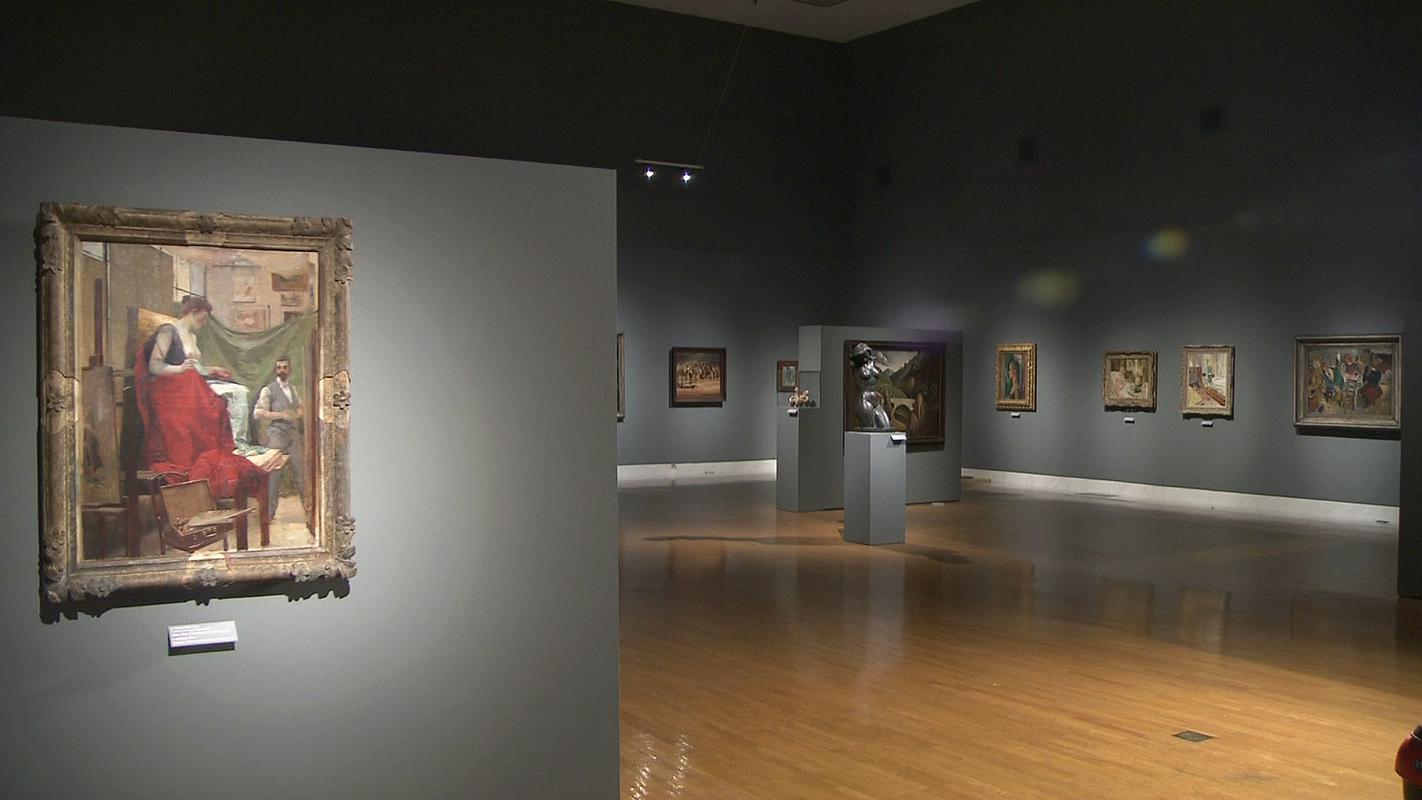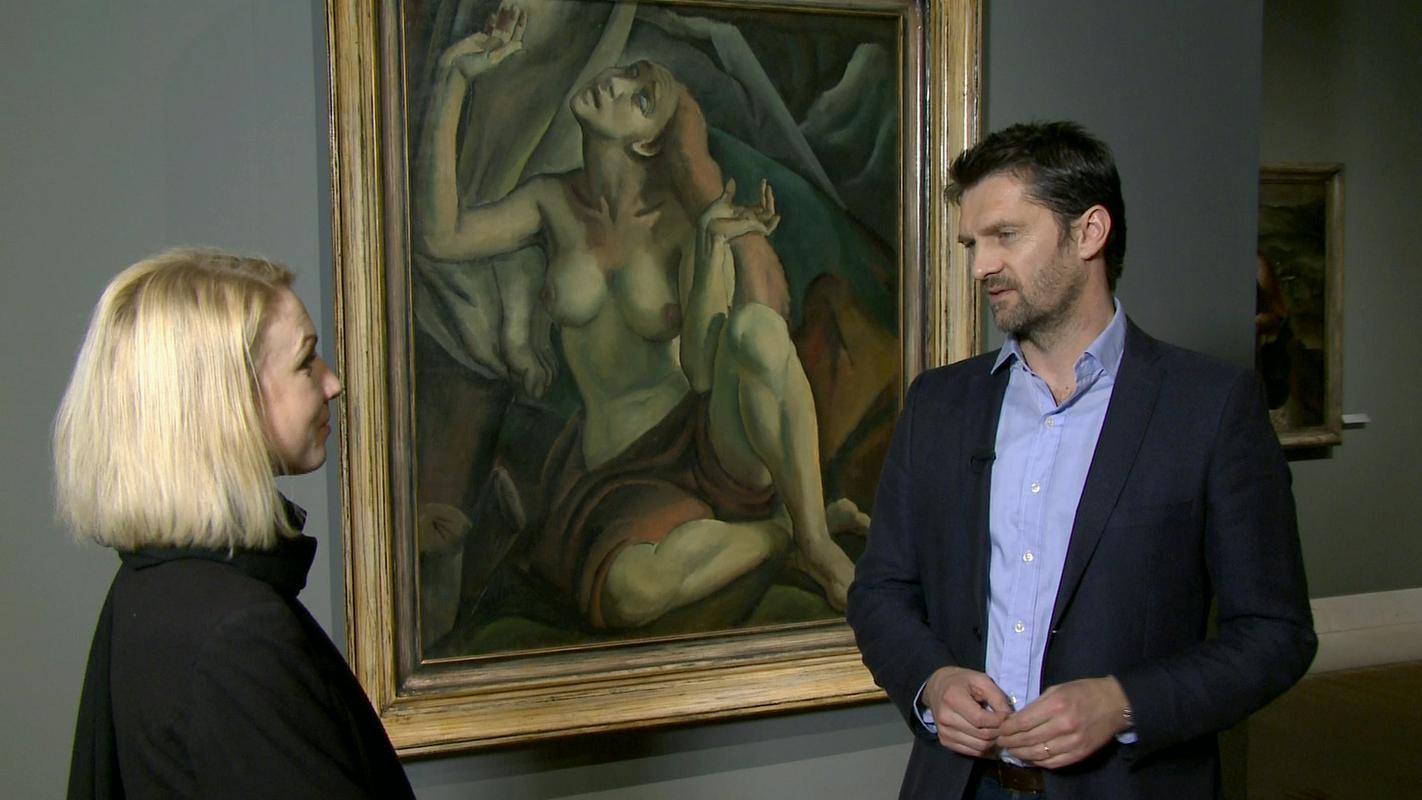
We must go back to 1997, the time of my first transfer, from Varteks to Trabzonspor Club, Turkey. My financial situation improved, and I was surrounded by people buying paintings by Miljenko Stančič and Ivo Režek, the painters from Varaždin. And that’s why I bought my first painting, and simply realized I was interested in art.

But was a football player, who in his free time, and he had a lot of it, read literature on art. Or, as Davor Vugrinec explained: "We had a lot of spare time during preparations. I bought some literature, and developed my passion, which soon became my occupation as well, as I opened a gallery in Zagreb. I could even say it became my mission in life."
This time, Collection is the right term
I met Davor Vugrinec at the National Gallery at noon, before the opening of the exhibition of a part of his collection. According to the director of the National Gallery dr. Barbara Jaki, who brought his collection to Ljubljana, and who also mentioned that she rarely had the opportunity to meet a person with such a refined innate sense of art, the title of the exhibition, Vugrinec Collection, was not chosen by mistake.
According to the art historian Zvonko Maković, who contributed the lucid text to the presentation of the Vugrinec collection, in the Croatian language the term "collection" refers only to such assemblage which aims for an institutional character; it is not achieved only accidentally, or in the form of an investment, but it strives to act as a kind of corrective, and to complement public collections. Vugrinec was successful in his endeavour, which is confirmed also the fact that works from his collection are often borrowed in order to complete large retrospective exhibitions. The final aim of his collection is to become a pendant of the Modern Gallery, its addition.
This time it might be worth to spend a bit longer at the National Gallery; actually, several additional hours would be best. The Vugrinec Collection is a singular pendant to the National Gallery permanent collection. In both cases the development of the art of painting and sculptural art of the nations which started with institutionalisation and systematic development of their art only towards the end of the 19th century. We are talking of two "scenes"; the artist from both kept meeting, belonged to the same societies, and staged guest exhibitions. But differences are noticeable as well. There was hardly any impressionism in Croatia, while of course in Slovenia “impressionists” can be given that label only conditionally, or contextually, or can even be given a different name. At the same time in Croatia art nuveau and symbolism are more frequent – at least such conclusion could be obtained from this exhibition.
Polona Balantič
Translated by G. K.
We must go back to 1997, the time of my first transfer, from Varteks to Trabzonspor Club, Turkey. My financial situation improved, and I was surrounded by people buying paintings by Miljenko Stančič and Ivo Režek, the painters from Varaždin. And that’s why I bought my first painting, and simply realized I was interested in art.

































































